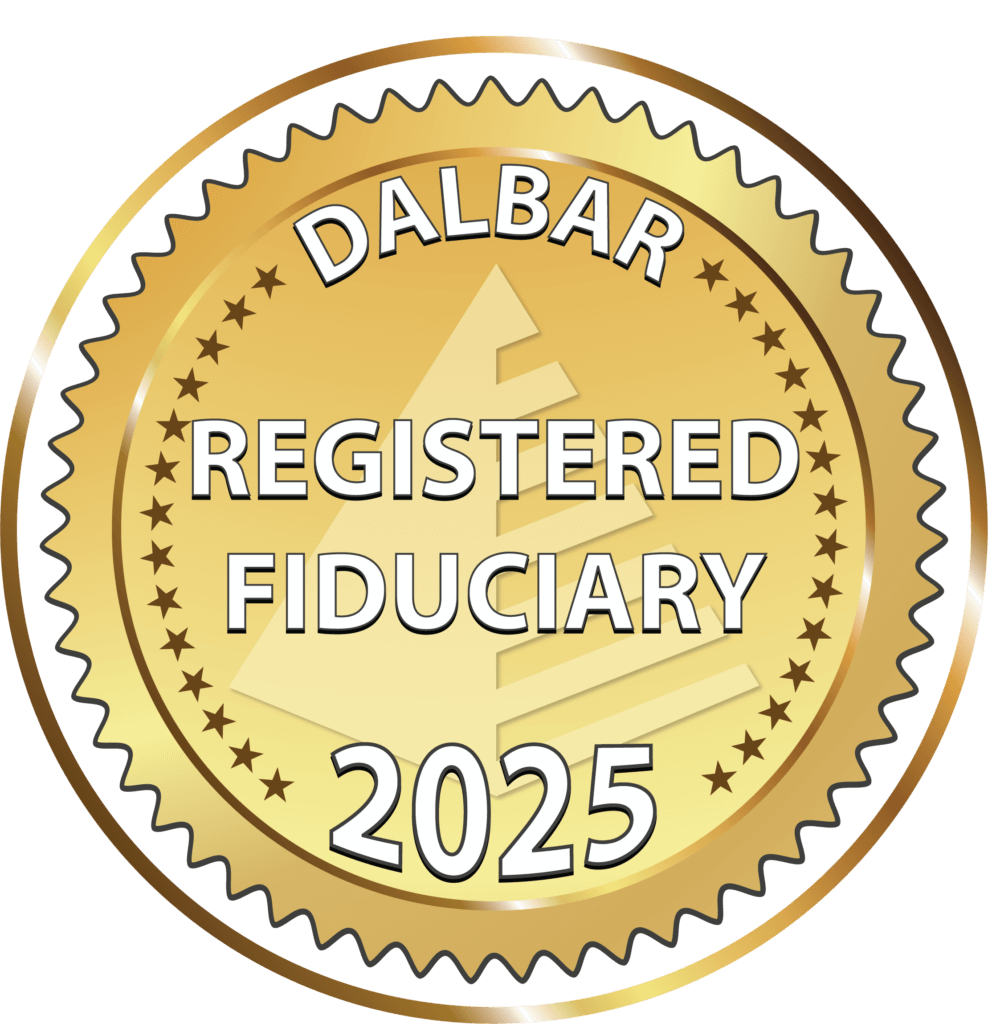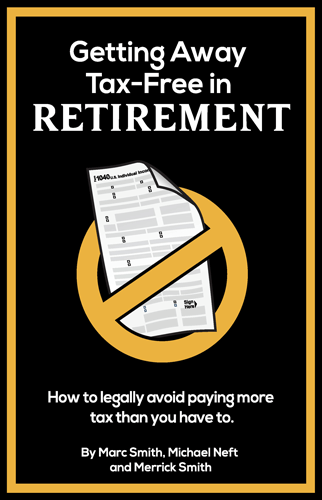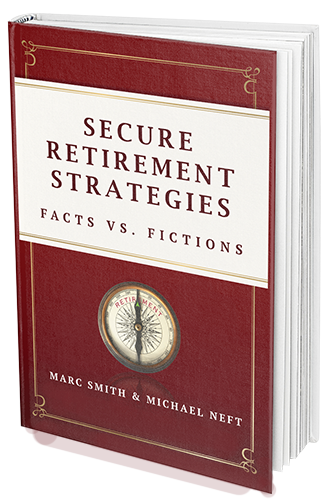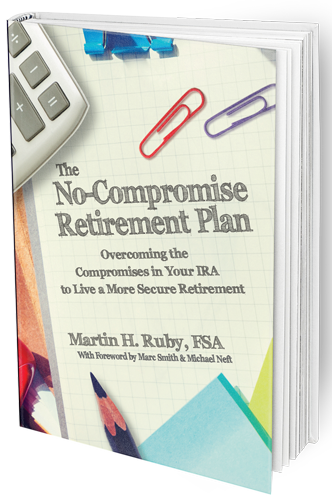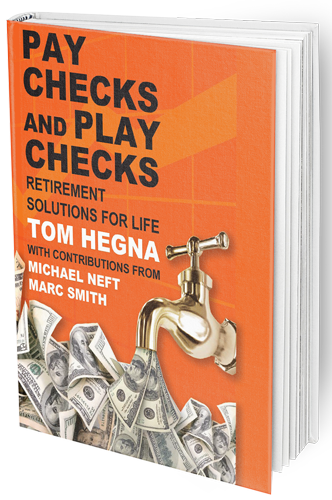Volatility Controlled Indexes vs Unmanaged Indexes: What’s the Difference?
When it comes to investing in stocks, or choosing what stock indexes to track with your Life Insurance Retirement Plan (LIRP), there are two main types of indexes: unmanaged indexes and volatility controlled indexes. But what’s the difference between the two? And which one is right for you? In this video, we’ll explain the difference between these two types of indexes and help you decide which one is right for your investment goals.
â€
Volatility controlled indexes allow investors to track a benchmark while also avoiding the risk of major market swings. Unmanaged indexes are not actively managed, but instead consist of individual stocks chosen by their market capitalization or through another set of predetermined rules. Which type of index is better for your investment portfolio? Let’s take a closer look at volatility controlled indexes vs unmanaged indexes to determine which one works best for you.
Volatility Controlled Indexes vs. Unmanaged Indexes
Volatility controlled indexes seek to reduce the amount of risk associated with a particular benchmark. As a result, volatility controlled indexes may not track their underlying indexes as closely. The extent to which a volatility controlled index can swing depends on the index it tracks. However, volatility controlled indexes are generally less risky than unmanaged indexes because their managers are likely to make changes to the portfolio before a major downturn occurs. Volatility controlled indexes can invest in individual stocks, bonds, or both. The most common volatility controlled indexes are index-tracking funds. These funds are managed by a fund manager who attempts to track the index as closely as possible.
Unmanaged indexes track an underlying index, but they are not actively managed. They generally invest in stocks with a high market capitalization (a company’s total market value). Alternatively, they may track a benchmark based on a set of predetermined rules, such as the highest-yielding stocks. Unmanaged index funds are generally passively managed. Passive management means the fund manager is not attempting to outperform the underlying index. As a result, unmanaged indexes are likely to underperform during bull markets. However, they may outperform during bear markets because they do not make changes to the fund based on the latest market trends.
Which is better?
When comparing volatility controlled indexes vs unmanaged indexes, the decision between the two largely depends on your investment goals. If you’re looking for an investment that tracks a specific index closely, an unmanaged index is likely the best choice for you. In addition to tracking the index, an unmanaged index will also provide diversification, as it invests in a range of different stocks. However, if you’re seeking an investment that is designed to reduce the amount of risk associated with the benchmark, a volatility controlled index may be the better choice. Volatility controlled indexes are designed to reduce the amount of risk through active management.
At SRS, we specialize in helping you decide which might be the best option for your goals, preferences, and portfolio needs. Especially when it comes to deciding which index for your LIRP to track. Contact us today for a free consultation.
Managing Volatility in Your Portfolio
Regardless of which type of index you choose, you’ll need to manage the amount of volatility in your portfolio. The best way to mitigate the effects of volatility is to diversify your investment portfolio. You generally want a wide range of investments in your portfolio to hedge against the risk of volatility. As an example, let’s say you have 50% of your portfolio in stocks and 50% in bonds. If stocks drop by 10%, your portfolio is likely to lose about 5%. However, if stocks drop by 20%, your portfolio is likely to lose 10%. When you diversify your portfolio, you reduce the amount of risk associated with a particular investment. In addition, you’re likely to earn a higher return over the long term as a result of diversification.
How to Track a Volatile Index
If you choose an unmanaged index, you should keep in mind that tracking an index is not guaranteed. It may be necessary to adjust your investment as the index fluctuates. If you choose a volatility controlled index, you should be aware that some indexes are more volatile than others. Therefore, you may need to make adjustments to your portfolio more frequently if you track a volatile index.
Final Words: Which Is Better?
There’s no clear winner when it comes to volatility controlled indexes vs unmanaged indexes. Instead, each type of index has its own set of benefits and drawbacks. Volatility controlled indexes may be better for investors who want an investment that tracks a target index closely. Volatility controlled indexes are also generally more expensive than unmanaged indexes. Unmanaged indexes may be better for investors who prefer a low-cost investment that tracks an index as closely as possible while minimizing the amount of change. Unmanaged indexes may be better for investors who prefer a higher degree of volatility in their portfolio.
At SRS, we specialize in helping you decide which might be the best index option for your goals, preferences, and portfolio needs. Especially when it comes to deciding which index for your LIRP to track.Â



